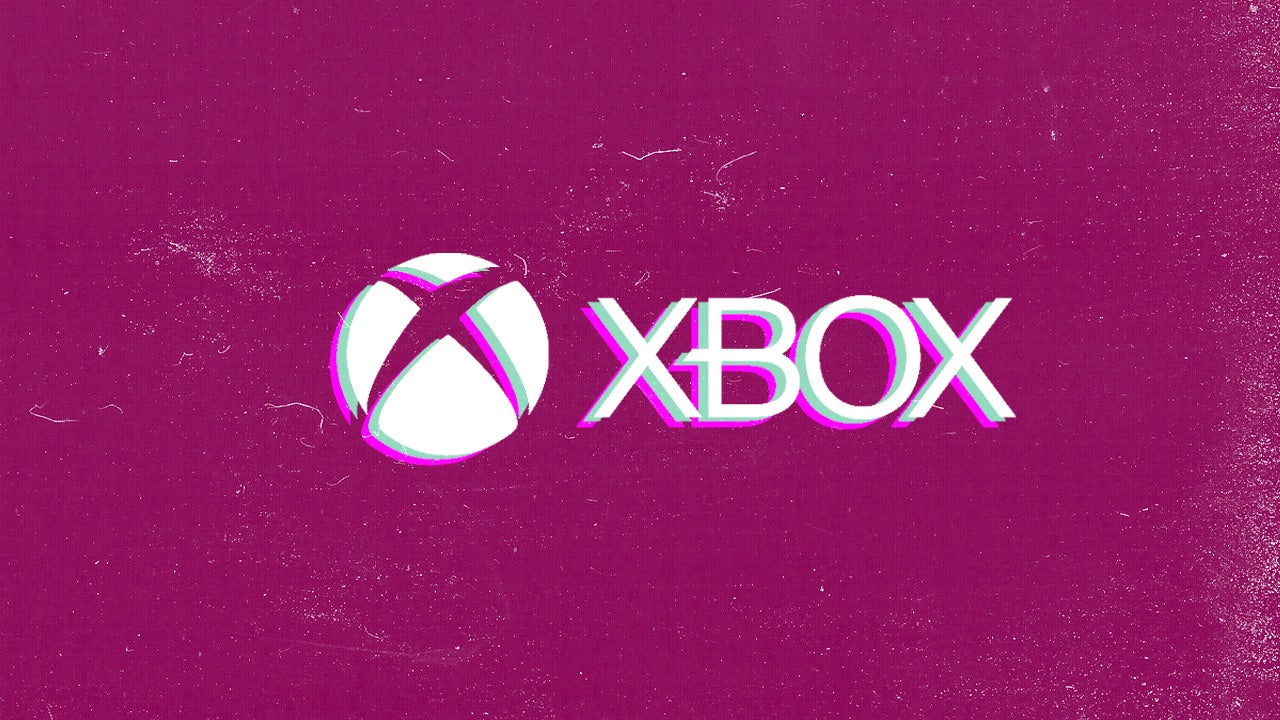Wallet Warning: Xbox Prices Surge as Holiday Gaming Costs Climb to New Heights

Xbox Prices Set to Climb: Consoles, Accessories, and Games Get More Expensive
Gamers, brace yourselves for some wallet-pinching news: Microsoft is implementing a significant price increase across its Xbox ecosystem. Starting today, May 1st, consumers will notice higher price tags on Xbox consoles, controllers, and gaming headsets.
While the current lineup of games will maintain their existing pricing, industry insiders suggest a shift is coming. Microsoft is reportedly planning to introduce a new standard price point of $79.99 for its first-party game titles, with this change expected to roll out around the holiday shopping season.
This price adjustment signals a notable change in Microsoft's pricing strategy, potentially reflecting increased production costs, technological advancements, and the evolving gaming market landscape. Xbox enthusiasts and budget-conscious gamers alike will want to stay informed about these upcoming changes.
Whether you're a casual player or a hardcore gaming fan, these price increases might prompt some strategic purchasing decisions in the coming months.
